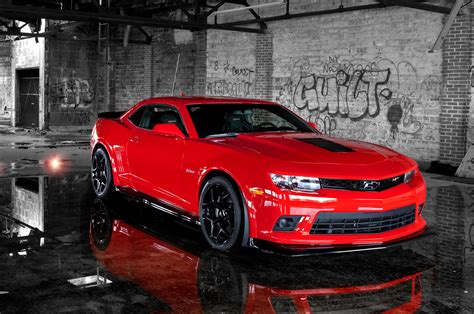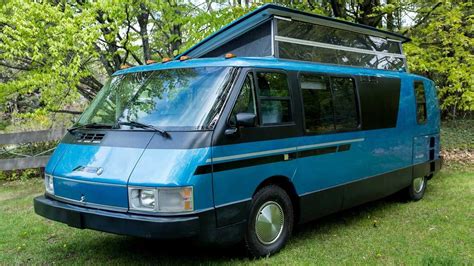
Introduction: The Allure of Muscle Cars
In the realm of automobiles, few vehicles evoke the raw power and audacious spirit of the iconic muscle car. With their thunderous engines, sleek silhouettes, and undeniable machismo, these automotive behemoths have captured the imagination of enthusiasts for generations. Among the most renowned and coveted muscle cars is the Chevrolet Camaro, a name synonymous with exhilarating performance and head-turning aesthetics. In this comprehensive exploration, we will delve into the world of cars like the Camaro, uncovering their captivating allure and examining the key elements that define this legendary breed of automobiles.
A Brief History of Muscle Cars
The origins of muscle cars can be traced back to the mid-1950s, when American automakers began installing powerful V8 engines into their production vehicles. These early muscle cars were often modified by enthusiasts, who sought to extract even greater performance from their machines. By the early 1960s, muscle cars had become a distinct category of high-performance vehicles, characterized by their potent engines, aggressive styling, and accessible pricing. This era witnessed the rise of iconic muscle cars such as the Ford Mustang, Dodge Challenger, and Plymouth Barracuda, which quickly gained popularity among young drivers seeking adrenaline-fueled thrills.
Defining Characteristics of Muscle Cars
Muscle cars are distinguished by a combination of unique features that set them apart from other types of vehicles. These defining characteristics include:
- Powerful Engines: Muscle cars are propelled by large and potent V8 engines, typically ranging from 5.0 liters to 7.0 liters in displacement. These engines deliver impressive horsepower and torque figures, enabling exhilarating acceleration and blistering top speeds.
- Aggressive Styling: Muscle cars often feature bold and muscular styling cues, including wide stances, long hoods, and short rear decks. Their aggressive appearance is further enhanced by prominent grilles, flared fenders, and distinctive paint schemes.
- Rear-Wheel Drive: Traditionally, muscle cars have employed rear-wheel drive layouts, which provide a more engaging and dynamic driving experience compared to front-wheel drive or all-wheel drive systems.
- Affordable Pricing: Muscle cars have historically been offered at accessible prices, making them attainable to a wider range of enthusiasts compared to more exotic sports cars.
The Chevrolet Camaro: A Muscle Car Icon
Among the most iconic muscle cars of all time, the Chevrolet Camaro stands tall. First introduced in 1967, the Camaro was conceived as a direct competitor to the Ford Mustang. Over the years, the Camaro has undergone several generations of evolution, each bringing its own unique interpretation to the muscle car formula. Notable Camaro generations include:
- First Generation (1967-1969): The original Camaro was an instant success, captivating audiences with its aggressive styling and impressive performance. It was offered in various trims, including the SS (Super Sport) and Z28, which featured more powerful engines and enhanced handling characteristics.
- Second Generation (1970-1981): The second-generation Camaro introduced a more refined and sophisticated design, while retaining the muscle car's quintessential elements. It was also during this time that the Z28 package became synonymous with high-performance Camaros.
- Third Generation (1982-1992): The third-generation Camaro underwent a significant transformation, adopting a sleeker and more aerodynamic body style. It was also during this generation that the IROC-Z trim was introduced, which paid homage to the International Race of Champions series.
- Fourth Generation (1993-2002): The fourth-generation Camaro marked a return to the muscle car's roots, with a more aggressive and muscular design. It was powered by a range of potent V8 engines, including the legendary LS1.
- Fifth Generation (2010-2015): After a brief hiatus, the Camaro returned in 2010 with a completely redesigned fifth-generation model. It featured a modern and aggressive design, along with a range of powerful engine options.
- Sixth Generation (2016-2023): The sixth-generation Camaro continued the tradition of blending modern design with classic muscle car elements. It was offered in various trims, including the SS and ZL1, which boasted impressive horsepower and track-focused capabilities.
Legacy and Cultural Impact of Muscle Cars
Muscle cars have left an indelible mark on popular culture, becoming symbols of freedom, rebellion, and individuality. They have been featured in countless movies, TV shows, and music videos, further solidifying their status as cultural icons. Muscle cars have also played a significant role in the development of motorsports, inspiring generations of drivers and enthusiasts to pursue their passion for speed and competition.
Conclusion: The Enduring Appeal of Muscle Cars
In the ever-evolving automotive landscape, muscle cars continue to hold a special place in the hearts of enthusiasts worldwide. Their combination of raw power, audacious styling, and accessible pricing has ensured their enduring appeal. Whether it's the legendary Chevrolet Camaro or any other muscle car icon, these vehicles represent a unique chapter in automotive history, symbolizing the pursuit of speed, freedom, and adrenaline-fueled excitement.
